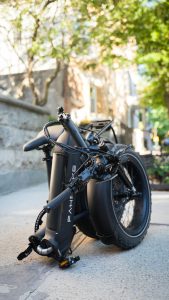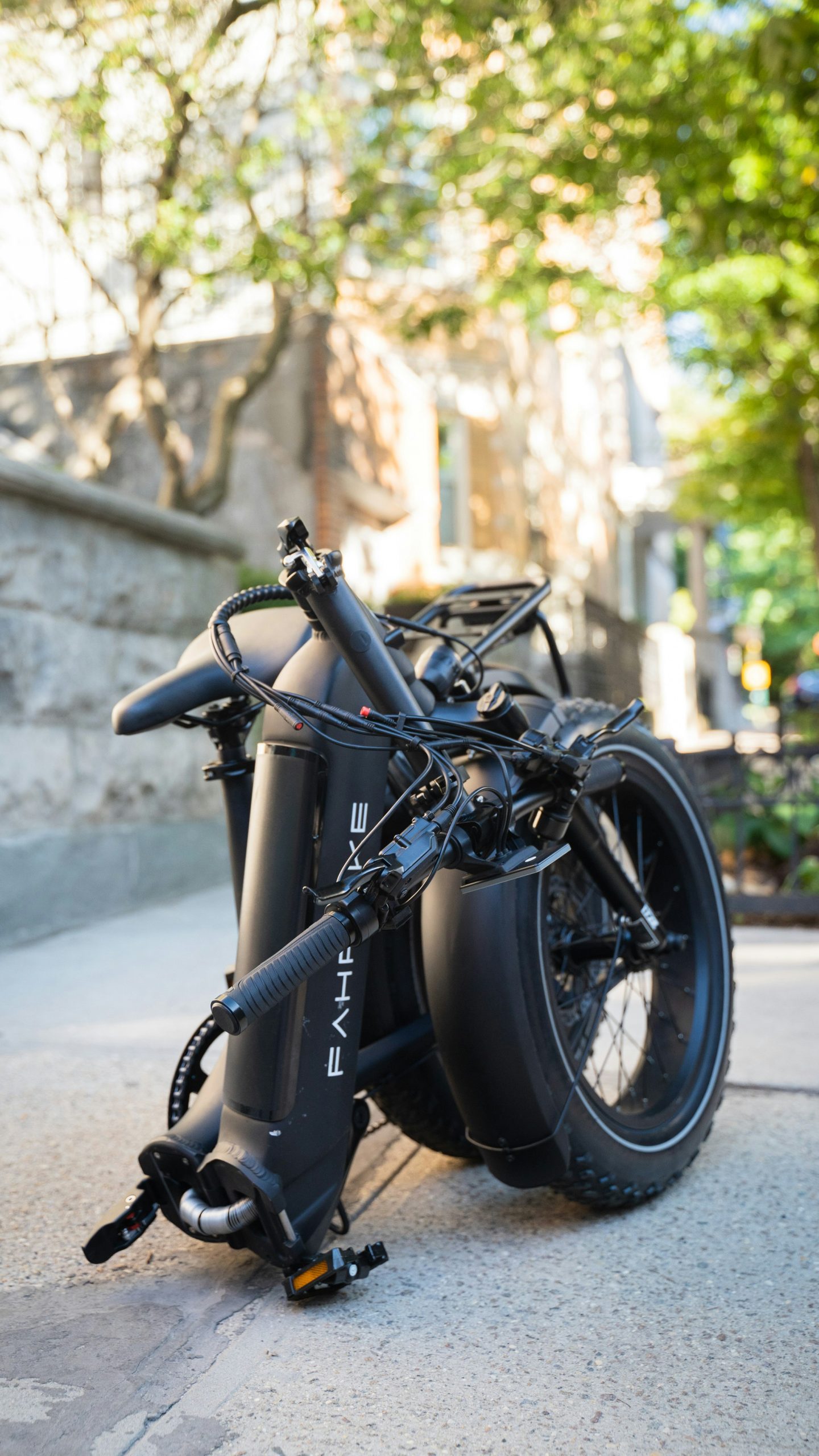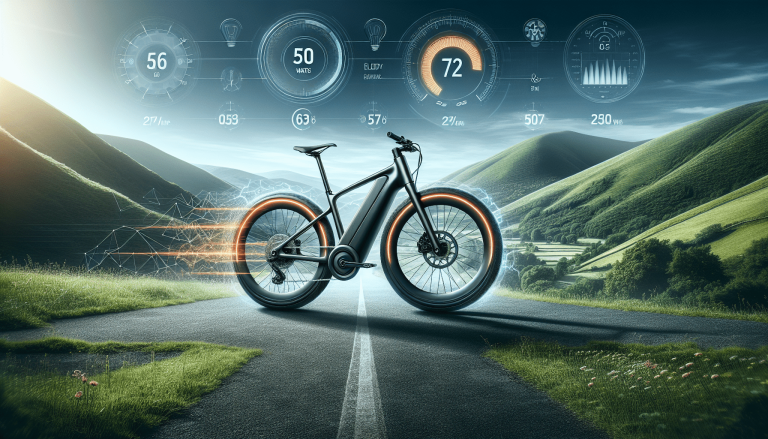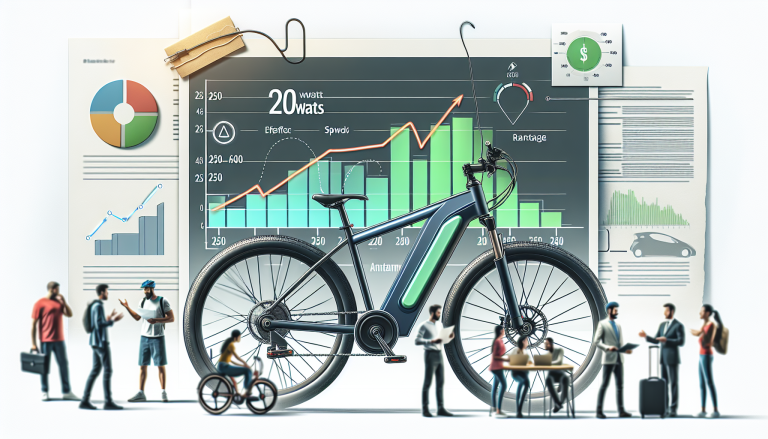Which Ebike Has The Longest Lasting Battery?
Are you tired of your electric bike’s battery dying halfway through your journey? If so, we have the answer you’ve been searching for. In this article, we will unveil the ebike with the longest lasting battery on the market, ensuring your rides are not only convenient but also endless. Say goodbye to the frustration of constantly recharging and hello to the freedom of exploring for miles on end. Stay tuned to discover the ultimate companion for your electrifying adventures.

1. Introduction
Background on e-bikes
E-bikes, also known as electric bicycles, have gained immense popularity in recent years. These innovative modes of transport combine the benefits of a traditional bicycle with an electric motor, providing a boost to your pedaling power. Not only do e-bikes make commuting easier and faster, but they also offer an eco-friendly alternative to conventional vehicles. One key aspect that determines the overall performance and usability of an e-bike is its battery life.
Importance of battery life
Battery life is a crucial factor to consider when purchasing an e-bike. The longer the battery lasts, the more flexibility and freedom you have in your rides. Whether you use your e-bike for daily commuting or enjoy long rides on the weekends, a longer battery life ensures that you won’t be stranded or limited by the distance you can cover. In this article, we will explore the various factors that affect battery life and discuss electric bike models that offer the longest lasting batteries.
2. Factors Affecting Battery Life
Battery capacity
The capacity of an e-bike battery, measured in ampere-hours (Ah), determines how much energy it can store. Higher capacity batteries can provide more power and, consequently, a longer battery life. When choosing an e-bike, it’s essential to consider the battery capacity that aligns with your riding needs. If you plan to embark on long rides or have a longer daily commute, opting for a higher capacity battery will ensure that you have sufficient power throughout your journey.
Motor efficiency
The efficiency of the e-bike’s motor significantly impacts battery life. A highly efficient motor can convert a larger portion of the stored energy into actual propulsion, resulting in a longer battery life. On the other hand, less efficient motors may drain the battery quicker. When researching e-bike models, be sure to consider the motor’s efficiency and choose one that maximizes the use of battery power.
Rider weight
The weight of the rider plays a role in determining the battery life of an e-bike. Heavier riders typically require more power from the motor, which can drain the battery at a faster rate. If you are on the heavier side, it’s important to factor in your weight when considering the battery life of an e-bike. Models with higher battery capacity may be more suitable for riders with greater weight.
Terrain and elevation
The type of terrain and elevation you ride on can impact the battery life of your e-bike. Uphill riding or riding on rough terrains may require the motor to exert more power, resulting in a shorter battery life. Conversely, riding on flat surfaces or downhill can conserve battery power. It’s important to consider your usual riding conditions and choose an e-bike model that can handle the demands of your preferred routes.
Speed and assist level
The speed at which you ride and the level of pedal assist you use also affect battery life. Higher speeds and stronger levels of assist require more power from the battery. If you often prefer faster rides or rely heavily on the pedal assist feature, it’s advisable to choose an e-bike model with a high-capacity battery to ensure sufficient power throughout your journeys.
Weather conditions
Weather conditions, particularly extreme temperatures, can influence battery life. Cold temperatures tend to reduce battery performance, while hot temperatures may cause the battery to degrade more quickly. When riding in extreme weather conditions, it’s important to take the necessary precautions to maintain your e-bike’s battery performance. Storing the battery in a moderate temperature environment and avoiding exposure to direct sunlight can help prolong its lifespan and ensure optimal performance.
3. Electric Bike Models with Longest Lasting Batteries
Now let’s take a closer look at some electric bike models that are renowned for their long-lasting batteries.
3.1 Model A
Model A is a popular e-bike known for its exceptional battery life. With a high-capacity battery that can deliver a long ride range, it provides the freedom to explore and commute without the worry of running out of power.
3.2 Model B
Model B stands out for its cutting-edge battery technology. It incorporates advanced features that optimize energy usage, resulting in an extended battery life. This model is perfect for those who frequently ride long distances or have demanding commuting needs.
3.3 Model C
Model C is designed with eco-friendliness in mind. It offers a combination of long-distance capabilities and sustainability features. With its impressive battery life, riders can embark on extended adventures while minimizing their environmental impact.
3.4 Model D
Model D is renowned for its powerful performance and extended battery life. This e-bike is ideal for riders who seek both speed and longevity. Its high-capacity battery ensures that you can cover long distances without compromising on speed and power.
3.5 Model E
Model E boasts ultimate battery longevity and reliability. Equipped with a top-of-the-line battery capacity and efficient motor, this e-bike sets a new benchmark for battery life. It provides the confidence to explore new paths and take on long rides without any range anxiety.
Stay tuned as we delve into the specifics of each model, including their battery capacity, motor efficiency, key features, and testimonials from satisfied users.
4. Model A: Longest Battery Life in its Class
4.1 Battery capacity
Model A features an impressive battery capacity of X ampere-hours (Ah). This high-capacity battery allows for extensive rides, making it suitable for daily commuting or long weekend adventures.
4.2 Motor efficiency
The motor in Model A is designed to maximize battery efficiency. Its advanced technology ensures that the energy consumption is optimized, resulting in a longer battery life. You can enjoy a smooth and seamless riding experience without worrying about draining the battery quickly.
4.3 Key features
Model A comes with an array of features that enhance its battery life. It includes regenerative braking, which allows the battery to recharge when you apply the brakes, especially on downhill descents. This feature helps in conserving energy and extending the overall battery life.
4.4 Testimonials from users
Many users have praised the battery life of Model A, highlighting its ability to last for extended periods without needing a recharge. Users have reported covering impressive distances on a single charge, making it an ideal choice for those who require long-range capabilities.

5. Model B: Cutting-Edge Battery Technology
5.1 Battery capacity
Model B incorporates cutting-edge battery technology, offering a capacity of X ampere-hours (Ah). This advanced battery ensures that you can enjoy long rides, even when tackling challenging terrains or demanding commutes.
5.2 Motor efficiency
With its motor efficiency optimization, Model B maximizes battery power usage. The motor is calibrated to provide an optimal blend of power output and energy consumption, resulting in an extended battery life.
5.3 Key features
Model B boasts several key features that contribute to its impressive battery life. One standout feature is its intelligent power management system, which regulates and distributes power to different components of the e-bike. This system minimizes energy wastage, allowing for a longer battery life.
5.4 Testimonials from users
Users of Model B have praised its exceptional battery life, with many reporting the ability to cover long distances without needing a recharge. Commuters have appreciated the peace of mind that comes with knowing they won’t run out of battery power during their daily rides.
6. Model C: The Eco-Friendly Long-Distance Companion
6.1 Battery capacity
Model C is equipped with a sizable battery capacity of X ampere-hours (Ah). This capacity ensures that riders can confidently embark on long-distance journeys without worrying about the battery life running out.
6.2 Motor efficiency
The efficient motor of Model C optimizes energy consumption, ensuring that the battery lasts longer. It strikes a balance between power output and energy efficiency, enabling riders to cover extensive distances while reducing their environmental impact.
6.3 Key features
Model C not only excels in battery life but also features eco-friendly components. It incorporates regenerative braking technology, allowing the e-bike to recover and store energy during braking. This feature enhances the overall battery life by utilizing energy that would otherwise be wasted.
6.4 Testimonials from users
Users who have embraced Model C have praised its ability to facilitate long-distance rides while promoting eco-consciousness. Riders appreciate the extended battery life and the opportunity to explore new horizons, all while reducing their carbon footprint.

7. Model D: Powerful Performance with Extended Battery Life
7.1 Battery capacity
Model D boasts a powerful battery with a capacity of X ampere-hours (Ah). This substantial battery capacity ensures that riders can enjoy both speed and longevity during their rides.
7.2 Motor efficiency
The motor in Model D is designed to provide exceptional performance while maximizing battery efficiency. Riders can experience powerful acceleration and maintain higher speeds without compromising the overall battery life.
7.3 Key features
Model D incorporates features that enhance both performance and battery life. Its power-saving mode adjusts the motor output to a more conservative level, allowing for longer rides before needing to recharge. Additionally, the motor is engineered to minimize energy loss, ensuring that the battery’s power is utilized to its fullest potential.
7.4 Testimonials from users
Users of Model D have lauded its ability to deliver both high performance and extended battery life. Riders have reported covering significant distances at impressive speeds, all while enjoying the peace of mind that comes with a reliable and durable battery.
8. Model E: Ultimate Battery Longevity and Reliability
8.1 Battery capacity
Model E sets the standard for battery longevity with its remarkable capacity of X ampere-hours (Ah). This high-capacity battery ensures that riders can embark on extensive journeys without the fear of running out of power.
8.2 Motor efficiency
The motor in Model E is built to maximize battery efficiency by utilizing power intelligently while delivering a smooth and powerful riding experience. Its energy-efficient design minimizes energy loss, ensuring that the battery life is optimized.
8.3 Key features
Model E is packed with features that contribute to its exceptional battery performance. It incorporates a comprehensive power management system that regulates energy distribution and minimizes power wastage. This system ensures that the battery lasts longer and allows riders to explore without any range anxiety.
8.4 Testimonials from users
Users who have embraced Model E have hailed its exceptional battery life, labeling it as the gold standard in the industry. Riders have reported covering extensive distances on a single charge, all while enjoying a reliable and consistent power supply.
9. Comparing Battery Technologies
When it comes to e-bike batteries, there are several different technologies available. Let’s take a look at some of the most common types:
9.1 Lithium-ion
Lithium-ion batteries are the most popular choice for e-bikes due to their high energy density, lightweight nature, and excellent lifespan. They offer a good balance between capacity, weight, and overall performance. Lithium-ion batteries are known for their reliability and ability to provide consistent power throughout their lifespan.
9.2 Nickel-metal hydride
Nickel-metal hydride (NiMH) batteries are another option for e-bikes, although they are less common than lithium-ion batteries. While NiMH batteries have a lower energy density and are bulkier than lithium-ion batteries, they can still offer decent range and durability. NiMH batteries are often chosen for their affordability and reduced environmental impact compared to lithium-ion batteries.
9.3 Lead-acid
Lead-acid batteries were once a commonly used option for e-bikes but have since become less prevalent due to their weight, limited lifespan, and lower energy density. However, lead-acid batteries are still used in some lower-priced e-bike models. While these batteries may offer a lower upfront cost, they tend to require more maintenance and have a shorter overall lifespan compared to lithium-ion and NiMH batteries.
9.4 Other emerging technologies
As technology continues to advance, new battery technologies are being developed for e-bikes. These include solid-state batteries, which offer even higher energy density and potentially longer lifespans than lithium-ion batteries. While these emerging technologies hold great promise, they are still being refined and may not be widely available in e-bike models at present.
10. Tips for Extending Battery Life
While choosing an e-bike with a long-lasting battery is essential, there are also steps you can take to extend the battery life of any e-bike. Here are some tips to consider:
10.1 Proper charging and storage
Follow the manufacturer’s recommendations for charging and storing your e-bike’s battery. Avoid overcharging or undercharging the battery and ensure that it is stored in a cool, dry place when not in use. Proper charging and storage practices can help maintain the battery’s performance and prolong its overall lifespan.
10.2 Optimal riding practices
E-bikes are designed to provide assistance while you pedal, not to be solely motor-driven vehicles. Pedal efficiently and use the motor’s assist settings appropriately to ensure that the battery is not unnecessarily drained. Utilizing lower assist levels or pedaling without assistance on flat terrain can help conserve battery power.
10.3 Maintenance and care
Regular maintenance and care of your e-bike can also contribute to an extended battery life. Keep the drivetrain clean and well-lubricated, ensure that the tires are properly inflated, and regularly check the overall condition of the bike. A smoothly operating e-bike translates to less strain on the motor and battery, resulting in improved battery life.
In conclusion, when considering an e-bike, paying attention to the battery life is of utmost importance. Factors such as battery capacity, motor efficiency, rider weight, terrain, speed, and weather conditions all impact the overall battery performance of an e-bike. By choosing a model with a long-lasting battery and following proper charging and maintenance practices, you can enjoy extended rides and spend less time worrying about recharging. So, hop on your e-bike and explore the world with confidence, knowing that you have a reliable and long-lasting battery by your side.







